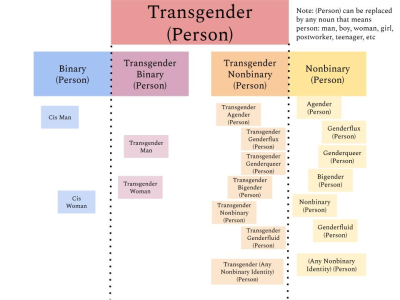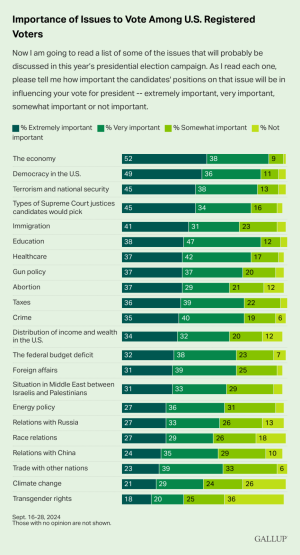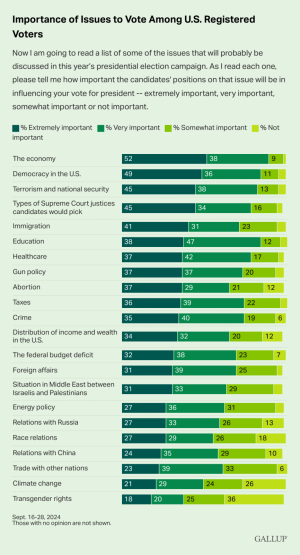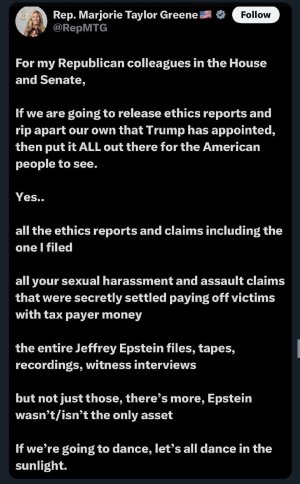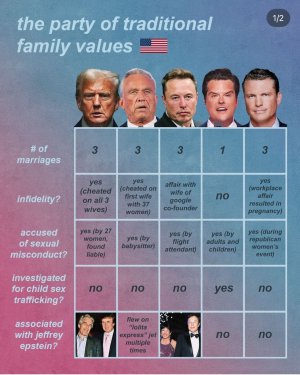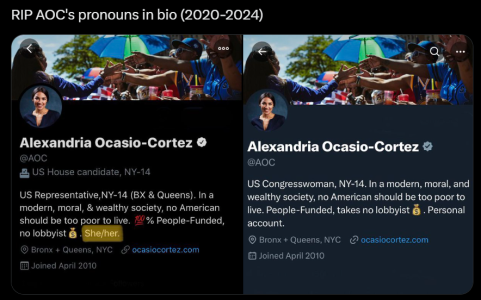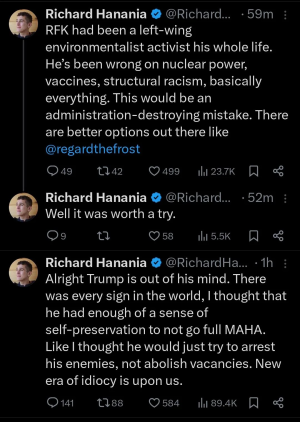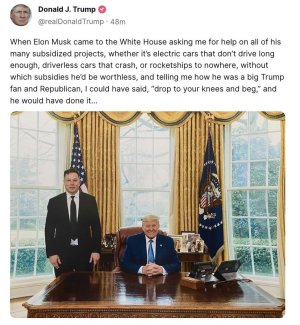The fatal arrest of George Floyd has sparked nationwide protests demanding an end to police brutality and restructuring of police departments. Many of those protests were met with drastic measures and responses from local police departments armed with military gear. Equipment more commonly used on battlefields, like flash-bang grenades, tear gas, rubber bullets, helicopters and armored vehicles were witnessed numerous times at the scenes of protests.
It’s not the first time the issue has come under the spotlight. The militarization of police forces first came to attention during the Ferguson, Missouri, protests in
2014. It is a trend that’s grown for decades and now takes up a significant portion of the domestic homeland security market, estimated to be worth more than $20 billion in goods and services.
“Certainly vendors, people, and companies that manufacture the technology that the police are purchasing are profiting from this,” said Thomas Nolan, a former senior policy advisor for the Department of Homeland Security. “The police obviously are not in the business of profiting from private acquisitions.”
Many of this militarized equipment is transferred through two federal programs: the 1033 and the 1122 initiatives. The 1122 program allows the police to purchase new military equipment using their own funding with the same discounts enjoyed by the federal government. The 1033 program allows the Department of Defense to transfer excess military equipment to local law enforcement agencies free of charge, as long as they pay for shipping and maintenance.
Since its inception, more than 11,500 domestic law enforcement agencies have taken part in the 1033 program, receiving more than $7.4 billion in military equipment. After the Ferguson protests, several attempts were made to amend the 1033 program but were either met with opposition or rescinded in later years.
“One of the really troubling developments about the involvement of the federal government in the direct subsidy of purchases of militarized equipment is that this is really about creating a new market for defense contractors rather than really putting questions of public safety first,” said Alex Vitale, the Policing and Social Justice Project Coordinator at Brooklyn College.
What makes both 1033 and 1122 programs so powerful is the apparent lack of clear oversight and accountability. The 1122 program, for instance, is not a grant or transfer program and thus is not required to be monitored by the federal government. Meanwhile, the 1033 program has put lethal weapons in the hands of officers who have no justifiable need for such equipment. “We’ve seen instances reported of some small towns, even some college and university police departments that were acquiring military-grade weapons without any demonstrable need for the use of these or the acquisition of these weapons,” according to Nolan.
In some cases, equipment transferred through these programs has simply vanished due to what appears to be a lack of oversight and poor bookkeeping. “There have been a number of situations where there have been audits of local police departments to try to figure out what they’ve done with this equipment,” said Vitale, “And these departments have been unable to provide adequate records.”







